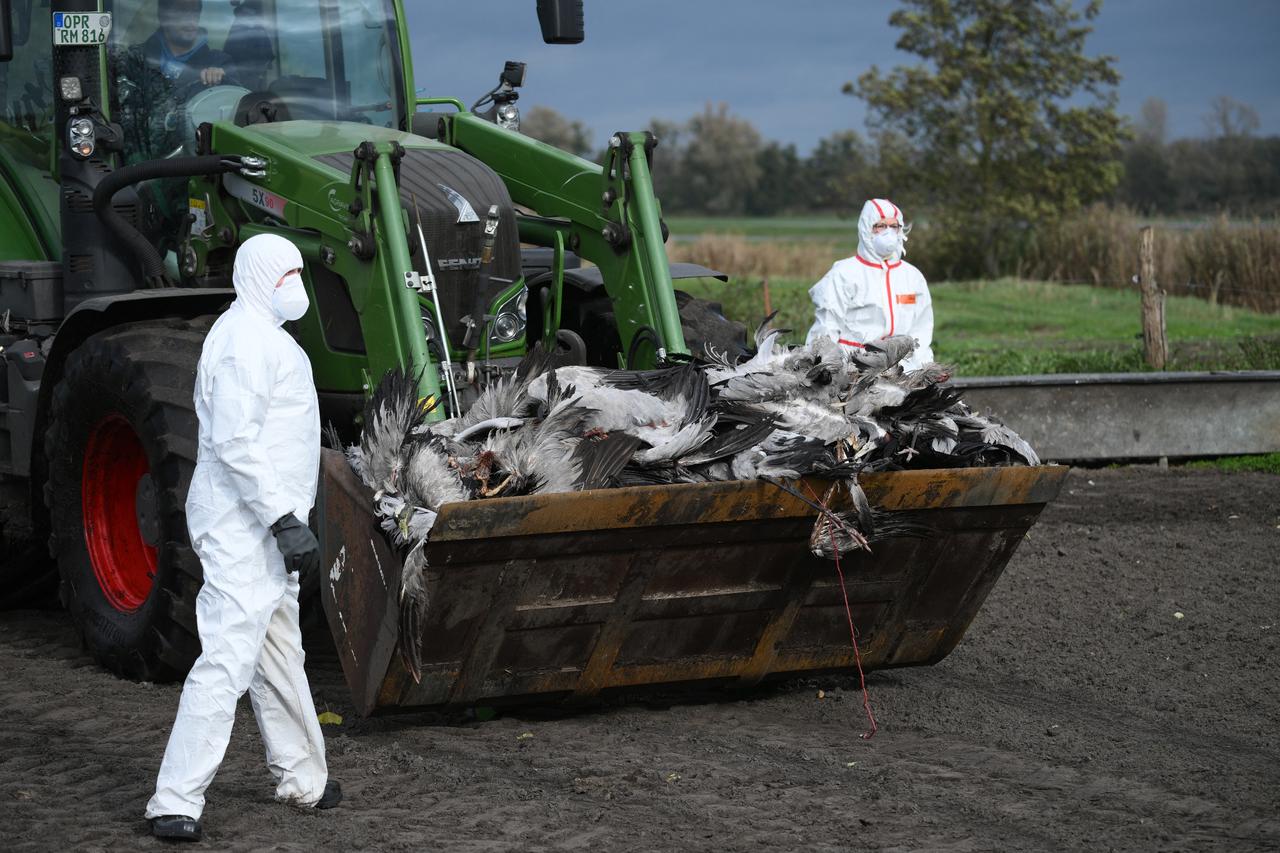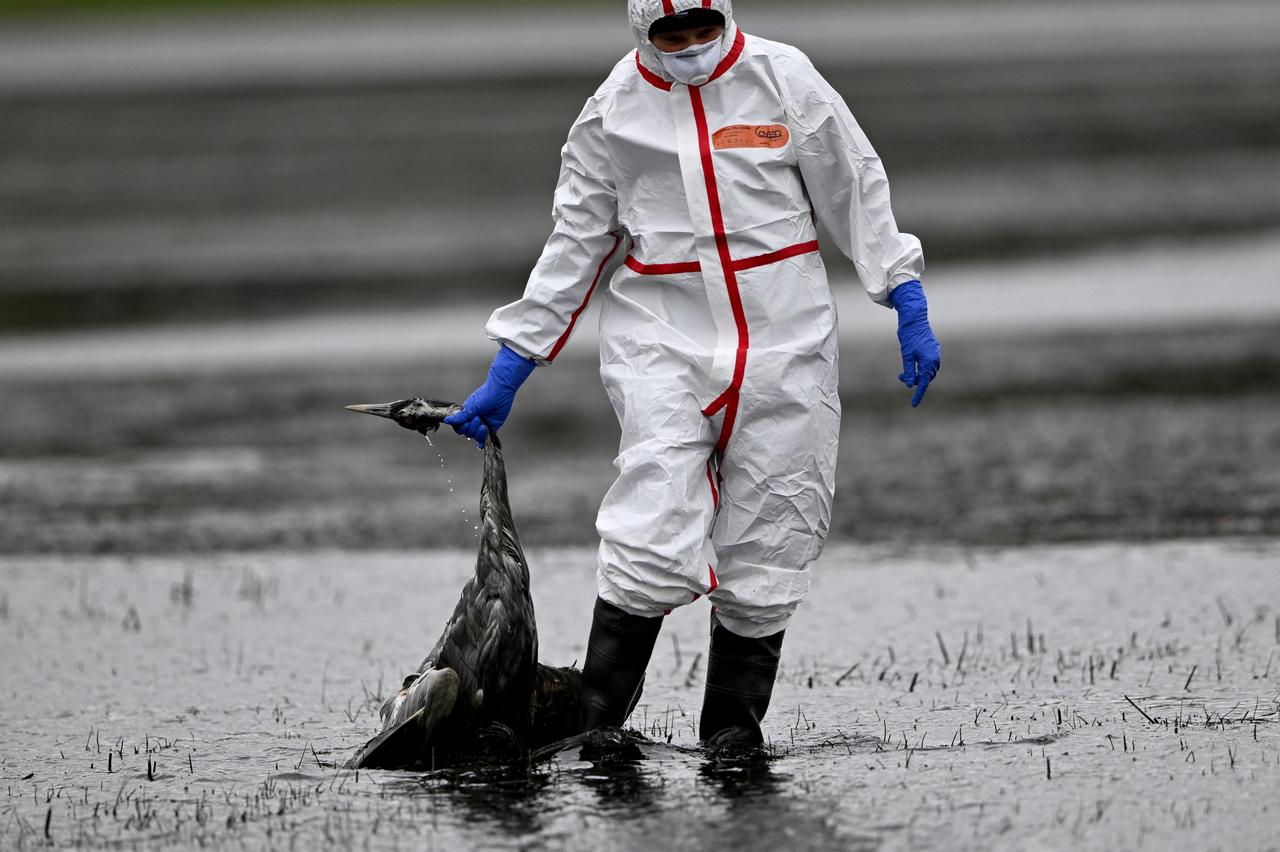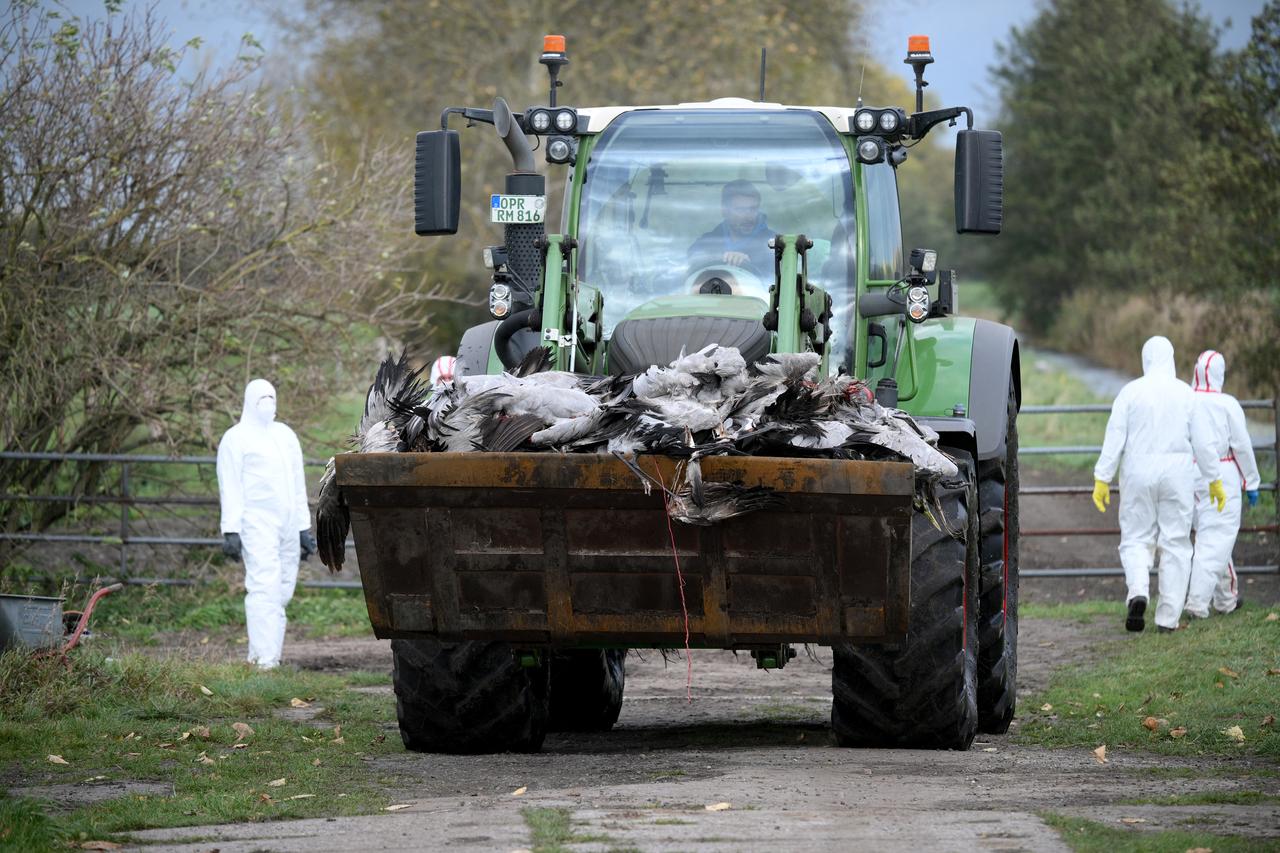
Germany has destroyed more than 400,000 poultry after a wave of bird flu outbreaks swept across several regions, raising fears of a recurrence of one of the country’s worst epidemics in recent years.
The Friedrich Loeffler Institute (FLI), Germany’s federal research center for animal health, reported that current outbreaks resemble the severe wave of avian influenza recorded in 2021. That year marked one of the most destructive bird flu seasons in the country’s history.
The virus, formally known as highly pathogenic avian influenza (HPAI), affects both wild and farmed birds, leading to sudden mass deaths. It poses a major threat to the poultry industry and can occasionally spread to humans through close contact with infected animals, though such cases are extremely rare.

So far, infections have been confirmed on 30 farms nationwide. To stop the virus from spreading, authorities have culled chickens, ducks, geese, and turkeys in affected areas.
“It is impossible to predict how the situation will develop,” the FLI warned, noting that the scale and speed of infections remain unpredictable.
The heaviest losses have been reported in the northeastern states of Mecklenburg-Western Pomerania and Brandenburg. Officials in Brandenburg’s Maerkisch-Oderland district announced plans to kill another 130,000 birds after already culling around 150,000 earlier this year.
Mass deaths among wild cranes have also been documented in the Linumer Teichland nature area in northwestern Brandenburg, indicating that the virus has spread beyond farms and into wildlife populations.

During the 2020–2021 winter season, Germany was forced to cull more than 2 million poultry after widespread infections devastated commercial farms.
The recent surge has prompted authorities to tighten surveillance and biosecurity controls, with veterinarians urging farmers to prevent wild birds from coming into contact with domestic flocks.